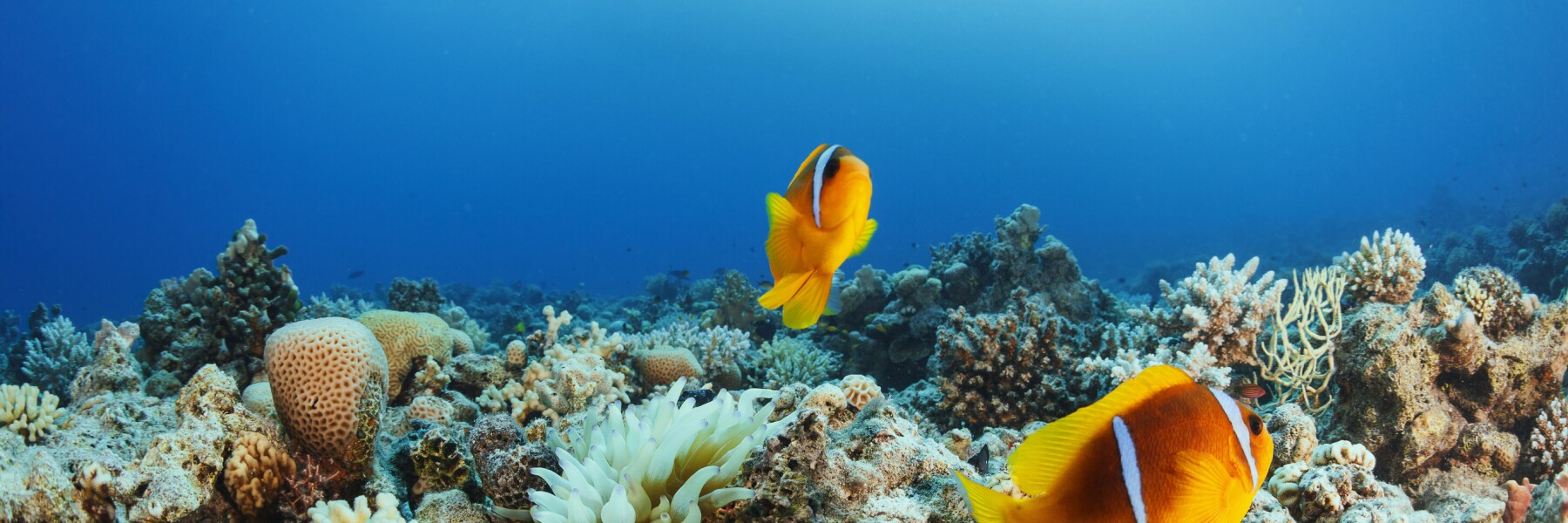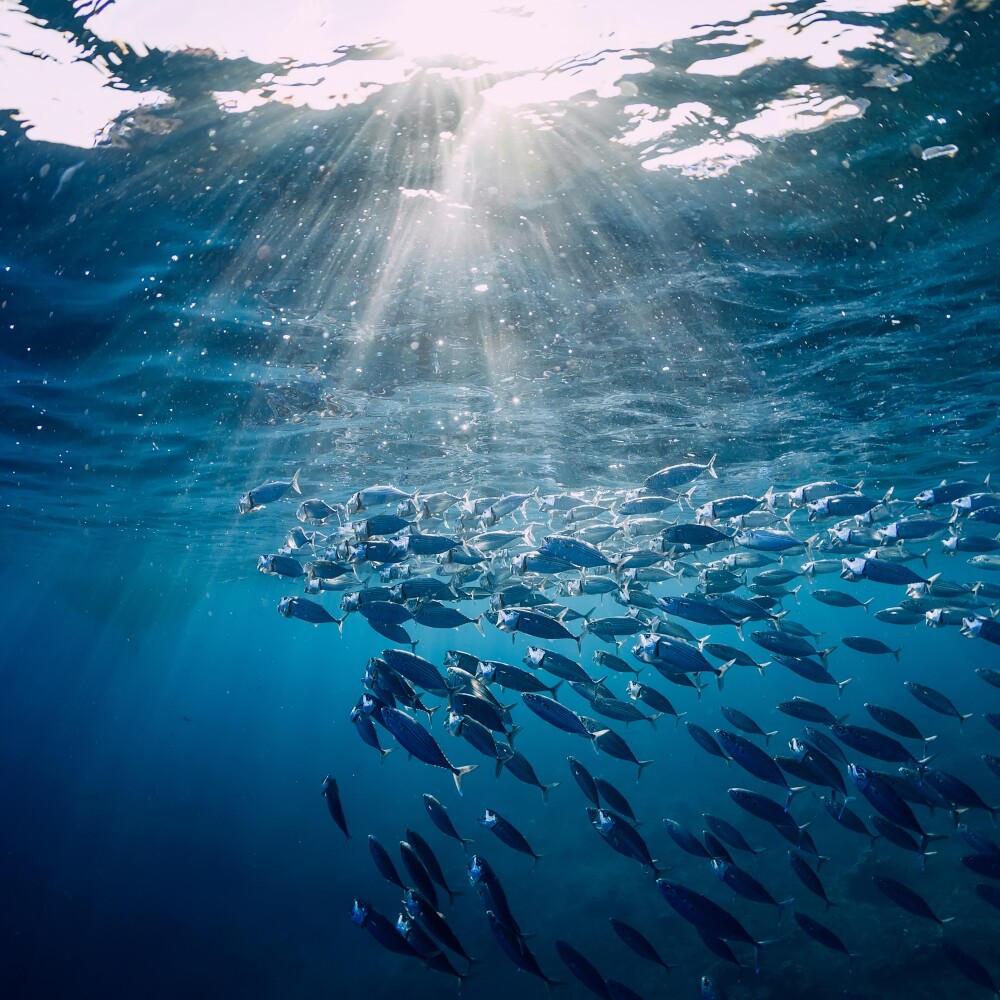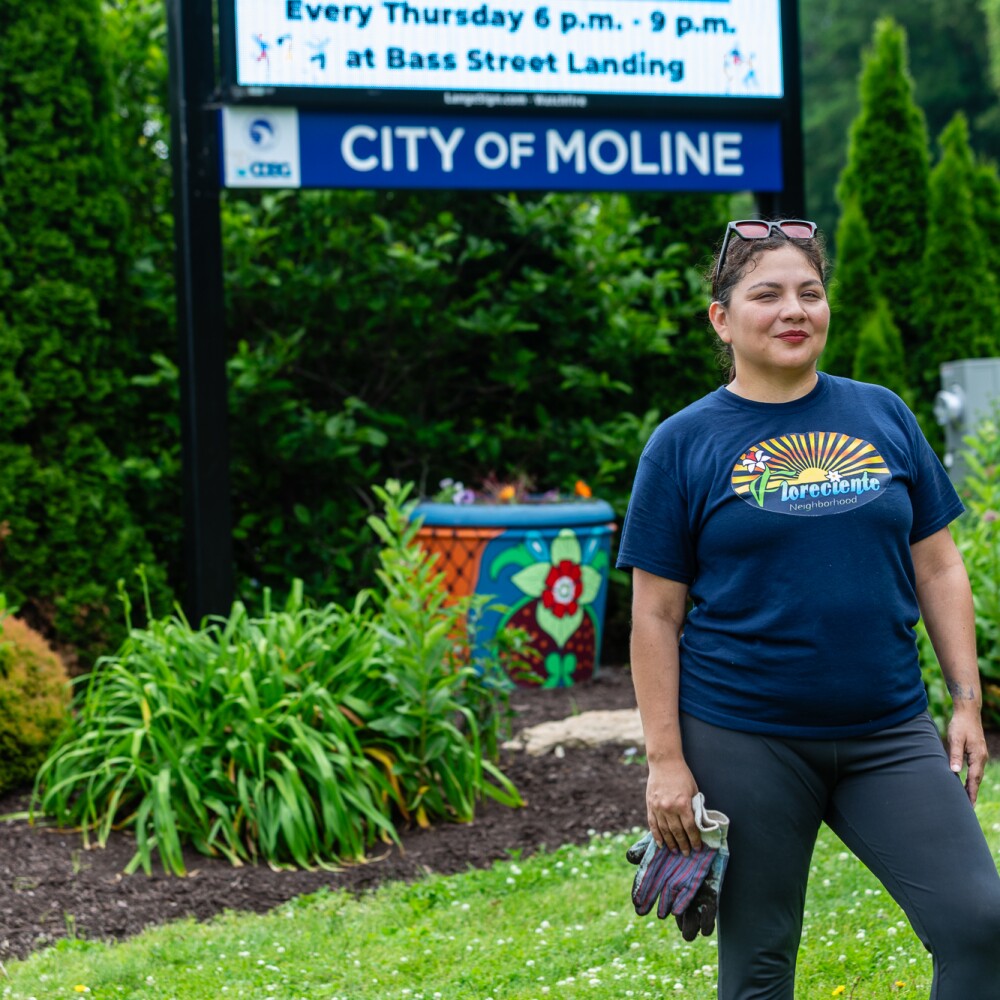At the Our Ocean conference today, the Walton Family Foundation, David and Lucile Packard Foundation, Gordon and Betty Moore Foundation and others committed more than $1 billion to conservation and research.
Rob Walton, board member and chair of the environment committee at the Walton Family Foundation, announced our five-year, $250 million commitment to support ocean conservation and sustainable fisheries in Indonesia and the Americas — United States, Mexico, Chile and Peru — and restoration of coastal U.S. Gulf of Mexico.
“We believe that conservation solutions that make economic sense stand the test of time,” Rob said to leaders from government, conservation, philanthropy and research gathered at the U.S. Department of State.
The mission of our environment program is to improve lives and secure healthy ocean and river ecosystems by aligning environmental, social and economic interests.
Fishing can become the sustainable success story of the 21st century. If properly managed, fisheries could provide increased income and stability for coastal communities and industry, as well as improved ocean health.
Over the next five years, the Walton Family Foundation will work in Indonesia and the Americas — United States, Mexico, Chile and Peru, utilizing a coordinated approach with grantees and partners to implement the following six strategies:
1. develop the scientific information and tools needed to enable better fisheries management;
2. empower local fishermen and communities through catch shares that provide secure tenure rights;
3. safeguard critical fish habitats with marine-protected areas and other spatial management tools;
4. strengthen the capacity of fishermen, governments and civil society to rebuild fisheries;
5. promote fisheries policies and programs that create positive incentives to encourage responsible fishing; and
6. harness the market for sustainable seafood to build support for healthy fisheries practices.
There is momentum for this type of coordinated approach that expands the network of players involved in fisheries issues, coordinates around shared goals, and shares the tools and approaches that work. The opportunity we see is in creating new partnerships among conservation organizations, businesses and communities to restore the health of oceans through sustainable fisheries.
The result will be healthy ecosystems that support healthy fish populations, making fishing communities and industry more economically and socially secure.
Rob also outlined the opportunity we see for coastal restoration of the U.S. Gulf of Mexico. Billions of dollars are moving into the Gulf of Mexico from the 2010 oil spill settlement. All told, there will be almost $15 billion over the next 15 years available for restoration.
This region is vital to the nation’s economy. It is home to a $34 billion tourism industry, and 40% of all seafood harvested in the lower 48 states comes from the Gulf.
Our aim in the Gulf is to ensure that the available restoration funds are invested wisely, so that restoration activities are undertaken at the appropriate scale to address the historic loss of wetlands, oyster reefs and other coastal systems that the region needs to stay strong and resilient.
“The decisions we make over the next five to 10 years — for the climate, the ocean and coasts, the air we breathe and the water we drink — will determine what kind of world we leave to our children and grandchildren,” Rob said.
“We know all about the problems, and what we need to do to solve them. Our challenge and opportunity are to come together — as individuals, as organizations, as governments — and take the actions necessary to leave a healthy environment for the future.”



